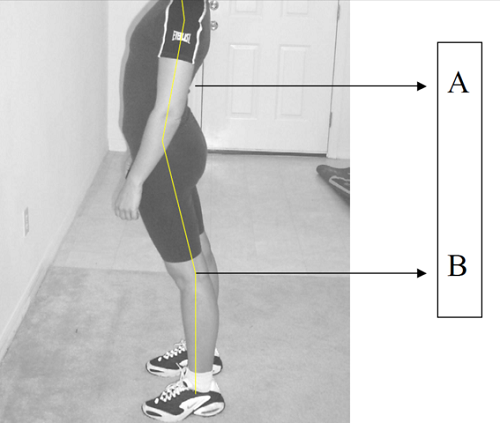PLIF stands for Posterior Lumbar Interbody Fusion and is a type of spinal fusion surgery that may be indicated for patients who have severe low back pain. As its name suggests, the surgery will involve the lumbar part of the spine or the lower back area. People with spinal diseases such as spondylolisthesis or degenerative spinal or disc disease may benefit from this type of spinal fusion surgery. In PLIF, the main goal is to create actual fusion or bone growth in the affected area of the spine by using bone grafts made from human tissue or from synthetic materials. The following are some of the advantages of the PLIF approach over other types of spinal fusion surgeries:
-
Intervertebral separation
The posterior approach used in PLIF or posterior lumbar interbody fusion basically means that intervertebral separation or distraction can easily be achieved. On the posterior aspect, the vertebral bodies are much more exposed and allows for easier alignment of the spine. Restoring the normal structure at the posterior lumbar level can easily be achieved and this is why some medical experts choose PLIF when doing spinal fusion surgeries. With easier intervertebral separation, decompressing neurological pathways will also become easier.
-
Maximized space for bone grafts
PLIF also maximizes the space for the bone grafts to heal. This means that the surface area involved in doing posterior lumbar interbody surgery will be much bigger compared to other approaches. In terms of bone growth and spinal fusion, a bigger surface area is ideal for the success of the surgery. With more surface area, the bone grafts that are put in place will also have a bigger chance of healing and/or actual growth and fusion.
-
Restoration of lordosis
Another benefit of doing spinal fusion surgery via PLIF is the easier restoration of lordosis. Lordosis refers to the natural curvature of the spine in the lower back or lumbar area and this can only be properly restored when spinal fusion is done with the posterior approach.
-
Maintenance of proper spine alignment
The posterior approach in PLIF is also considered to be more effective in terms of maintaining proper alignment of the spine. Using the posterior approach spinal fusion will result to spinal stability with the correct alignment including the height of disc spaces. This benefit also relates to the easier intervertebral separation offered by PLIF over other techniques.
-
Less disc slippage during surgery
Posterior Lumbar Interbody Fusion also results to less slipping secondary to a technique called ligamentotaxis. In this technique, force is exerted upon bone parts to move them close together. With the posterior approach, the actual slippage of bone parts can be prevented and/or controlled better.
The actual medical or spinal condition of patients will dictate the type of approach that surgeons will use when doing spinal fusion surgeries. For cases that need emphasis on proper alignment and/or neurological decompression for example, PLIF has various benefits and advantages over other spinal fusion techniques. In all cases, all pros and cons are seriously considered before any type of spinal fusion surgery to get the most benefits and avoid the most complications.
